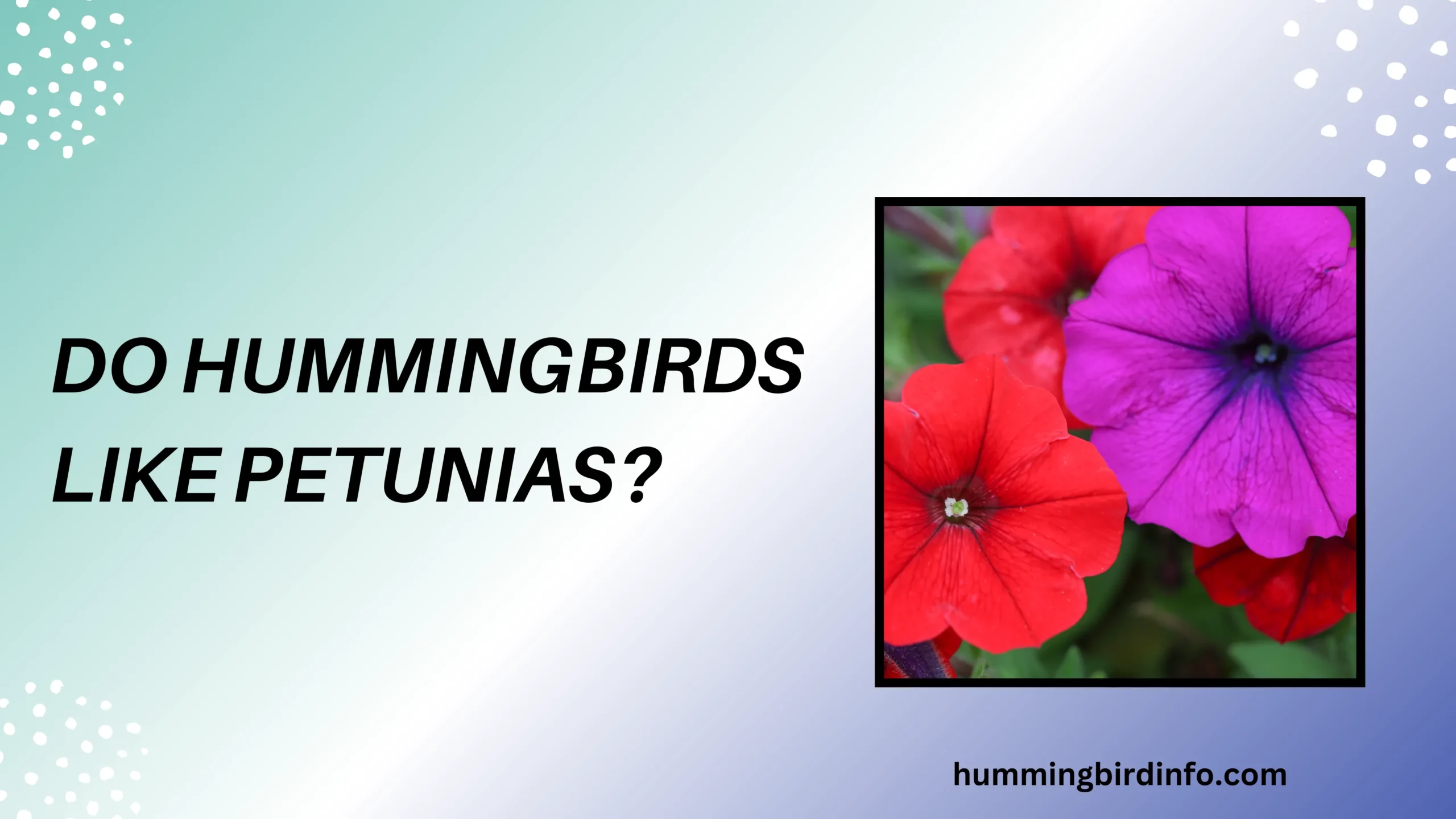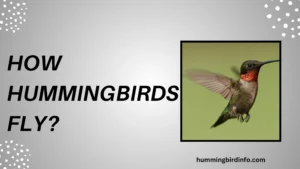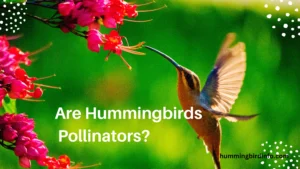Hummingbirds are some of nature’s most captivating creatures, known for their iridescent feathers, rapid wingbeats, and almost magical ability to hover in place.
Despite their tiny size, they burn through energy at an astonishing rate and must constantly feed on nectar to survive. This makes them frequent visitors to flower gardens, where they play a vital role in pollination.
While many gardeners dream of attracting hummingbirds to their yards, not all flowers are created equal. Some species provide more nectar, more color cues, or better shapes that align with what hummingbirds need.
Among the many options, one flower stands out for its vivid beauty and ease of care: the petunia.
But the big question remains—do hummingbirds actually like petunias? In this article, we’ll explore the science and garden experience behind this relationship.
We’ll cover the traits hummingbirds look for, how petunias measure up, which types are best, how to grow them, and even some other plant suggestions to create a vibrant, hummingbird-friendly space.
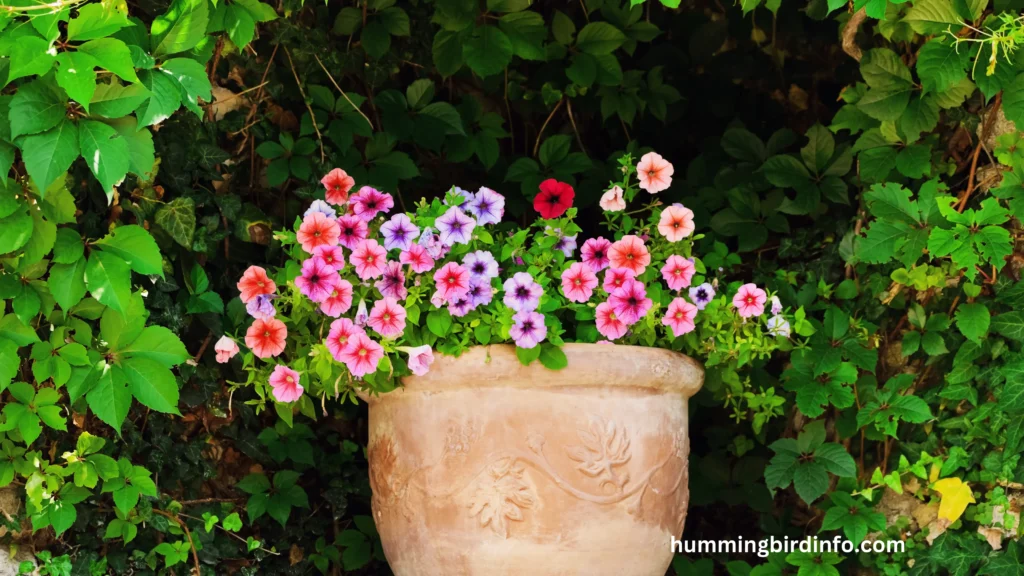
Contents
What Makes a Flower Hummingbird-Friendly?
Hummingbirds rely on color more than scent, and they are especially drawn to red, orange, and pink. These bold hues act as visual beacons, signaling a possible source of energy-rich nectar from afar.
The ideal flower shape for hummingbirds is tubular or trumpet-like. This allows them to insert their long beaks and tongues deep into the flower, where nectar is safely stored beyond the reach of most insects.
Nectar content is crucial—hummingbirds need a high-sugar solution to sustain their rapid metabolism. Flowers that don’t offer much nectar won’t keep them coming back.
Plants with many blooms or long bloom periods are also a plus. A consistent food source saves hummingbirds time and energy as they forage throughout the day.
Interestingly, fragrance is not important to hummingbirds. Unlike bees, they don’t use their sense of smell to find flowers, so even scentless blooms can be irresistible if they check the other boxes.
Petunias and Their Appeal to Hummingbirds
Petunias come in a rainbow of colors, many of which—like red, pink, and purple—fall squarely within the hummingbird’s sweet spot of visual preference.
Some petunias have a gently flaring, tubular shape, which makes them more compatible with hummingbirds’ feeding techniques. However, others are flatter, making them less ideal.
While not the most nectar-rich flowers, petunias do provide a fair amount—enough to attract curious or passing hummingbirds, especially when more rewarding flowers are scarce.
One of the biggest advantages of petunias is how easy they are to grow. Available at nearly every garden center, they make a low-maintenance choice for anyone trying to add color and life to their yard.
They also bloom continuously through the growing season when properly maintained. That extended blooming period offers a steady stream of nectar that hummingbirds can rely on.
Top Petunia Varieties for Hummingbirds
Red and pink petunias are at the top of the list when it comes to hummingbird appeal. Varieties like ‘Bingo Red’ and ‘Easy Wave Pink Passion’ check the color and shape boxes.
Look for petunias with a more tubular flower form, such as the ‘African Sunset’ variety, which combines bright coloring with a suitable structure for hummingbirds to feed.
Some petunias are prolific bloomers, producing flowers almost nonstop from spring through fall. These are especially attractive to hummingbirds that need consistent fuel.
Hybrids bred for nectar retention and vibrant colors are increasingly popular. Gardeners should prioritize those that balance beauty with usefulness to pollinators.
Ultimately, the most attractive petunia varieties for hummingbirds combine bright colors, tubular shapes, and long-lasting blooms, making them a solid choice for a pollinator garden.
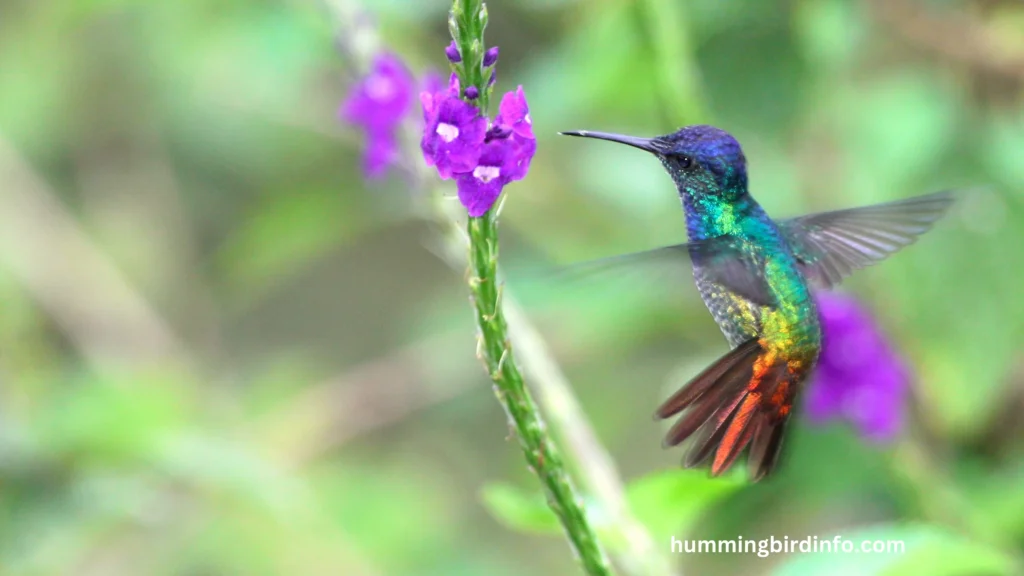
How to Grow Petunias to Attract Hummingbirds
Petunias love full sunlight, and they bloom best with at least six hours of direct sun each day. More light means more flowers and more potential nectar.
Use well-draining soil, preferably enriched with organic compost. Petunias don’t like soggy roots, which can lead to root rot and fewer blooms.
Keep the soil moist but not wet, and water consistently. Overwatering can lead to fungal issues, while underwatering can cause wilting and poor flower production.
Deadheading—removing old flowers—is essential for continuous blooming. This encourages the plant to produce new flowers instead of seed heads.
Avoid pesticides, especially those that are toxic to pollinators. Instead, use natural pest controls and pair petunias with other hummingbird-friendly plants for added appeal.
Beyond Petunias—Other Hummingbird Favorites
Native plants are often the best option for attracting hummingbirds, as they’ve co-evolved with local bird species and provide more natural nectar sources.
Some standout hummingbird favorites include Salvia, Trumpet Vine, Bee Balm, Cardinal Flower, and Columbine—all known for their high nectar output and ideal shapes.
Don’t overlook hummingbird-friendly trees and shrubs like Butterfly Bush, which add vertical diversity and extra foraging layers for visiting birds.
By mixing petunias with other reliable nectar producers, you create a thriving ecosystem that will keep hummingbirds around for longer and support broader pollinator populations.
The key is diversity—plant flowers that bloom at different times and offer varied shapes and colors to cater to every visitor in your garden.
Conclusion
So, do hummingbirds like petunias? The answer is yes—with some qualifications. While they aren’t the richest nectar source, petunias are colorful, accessible, and reliable bloomers that hummingbirds will visit.
Choosing the right varieties—especially red, pink, and tubular forms—can enhance your garden’s appeal. Pairing them with other nectar-rich flowers can maximize hummingbird visits and provide a balanced habitat.
If you’re planning a garden to attract hummingbirds, petunias are a great place to start. Their beauty, long bloom season, and ease of care make them a valuable addition to any pollinator-friendly space.
FAQs
1. Do hummingbirds prefer red petunias?
Yes, red is a top color for hummingbirds. Red petunias are more likely to attract them due to their strong visual signal.
2. Are all petunias good for hummingbirds?
Not all. Choose tubular-shaped petunias in bright colors for the best results, as some flatter varieties are less ideal.
3. Do petunias produce a lot of nectar?
Petunias produce moderate nectar, which is enough to attract hummingbirds, especially when combined with other flowers.
4. Can I plant petunias in containers?
Yes! Petunias thrive in containers and hanging baskets, making them easy to place where hummingbirds can find them.
5. Do petunias attract other pollinators too?
Yes, they can also attract bees and butterflies, though hummingbirds are more drawn to their color than scent.
6. How often should I water petunias?
Water petunias when the soil feels dry, keeping it moist but not soggy to encourage healthy blooms.

